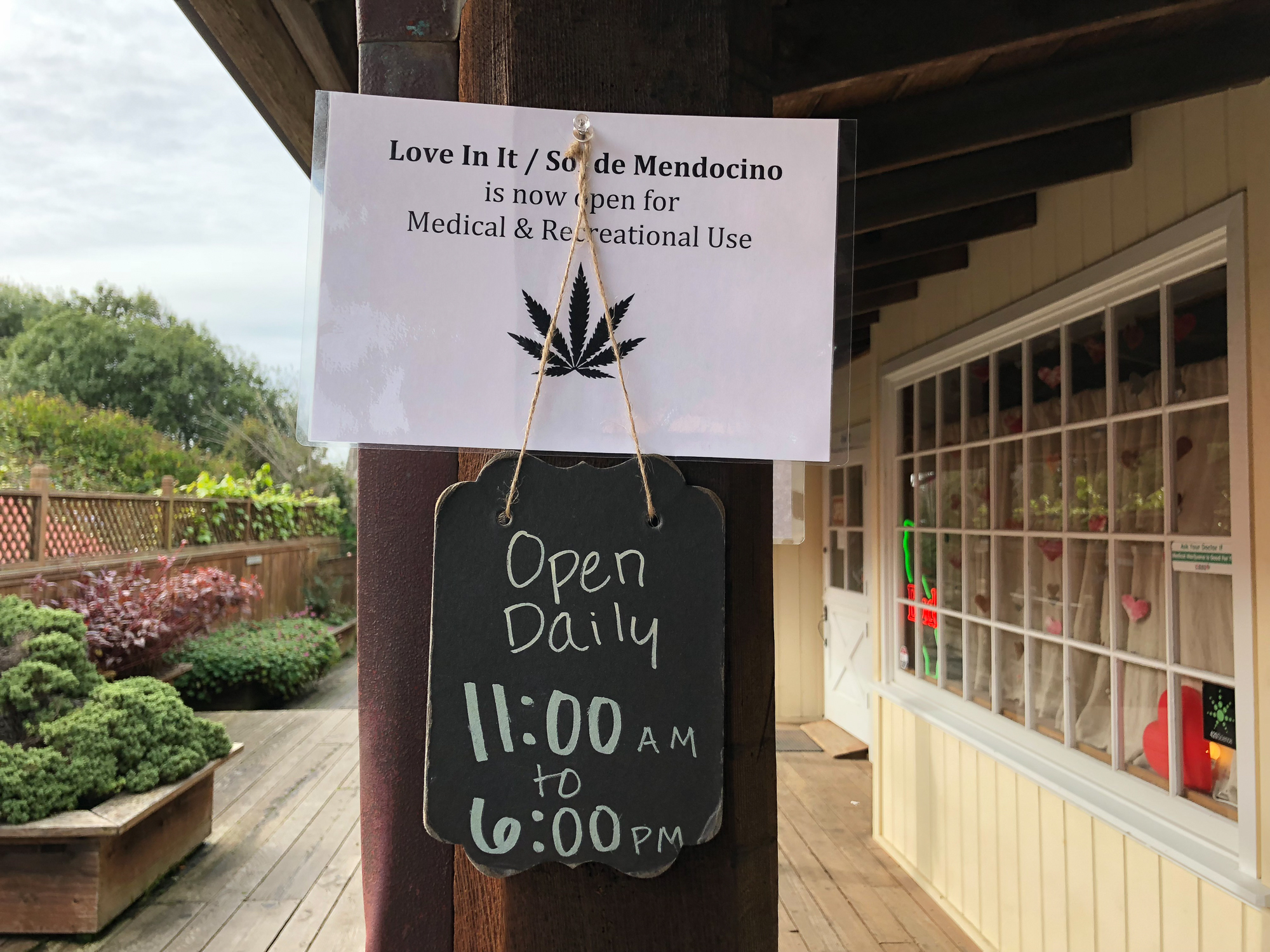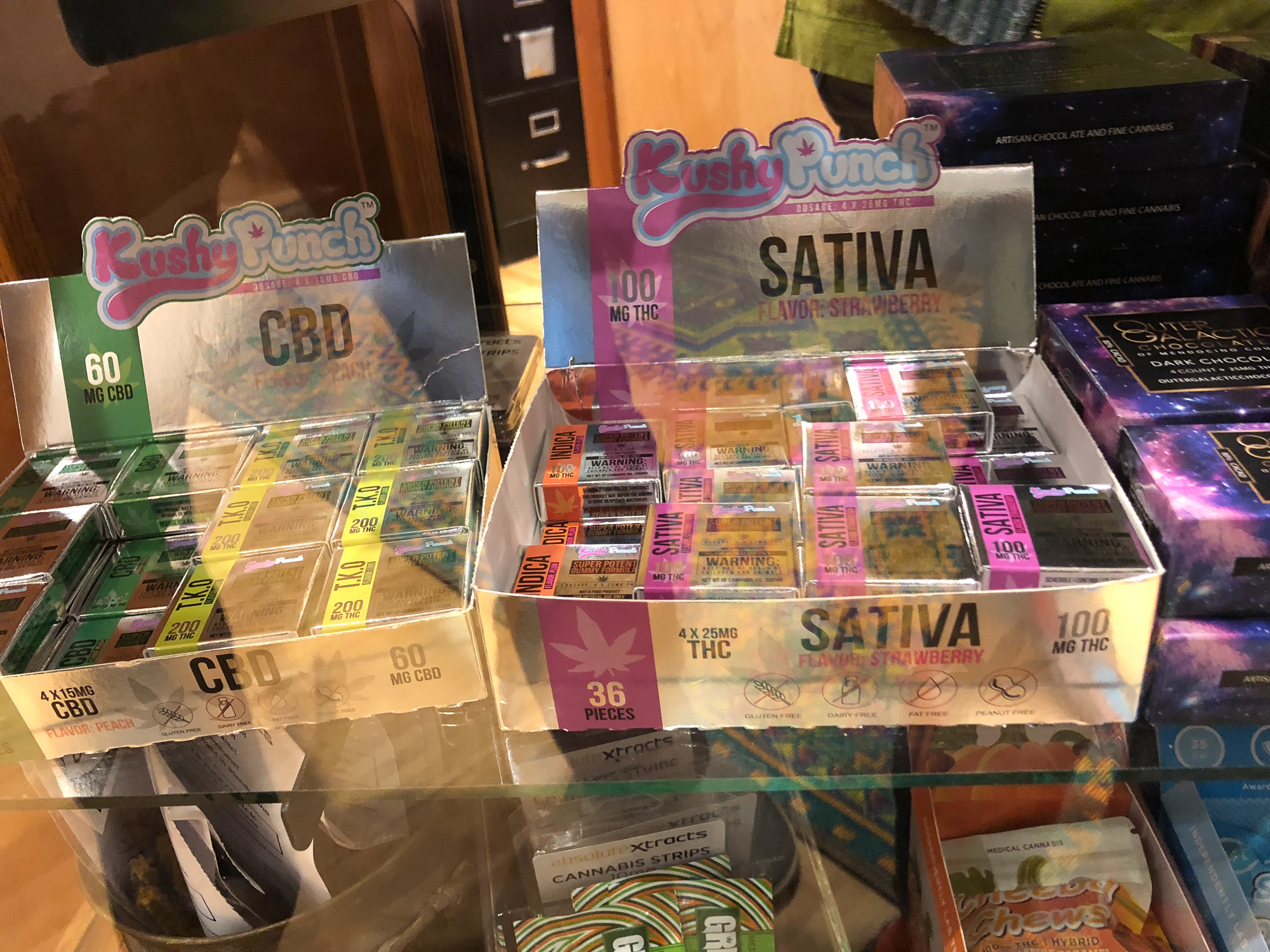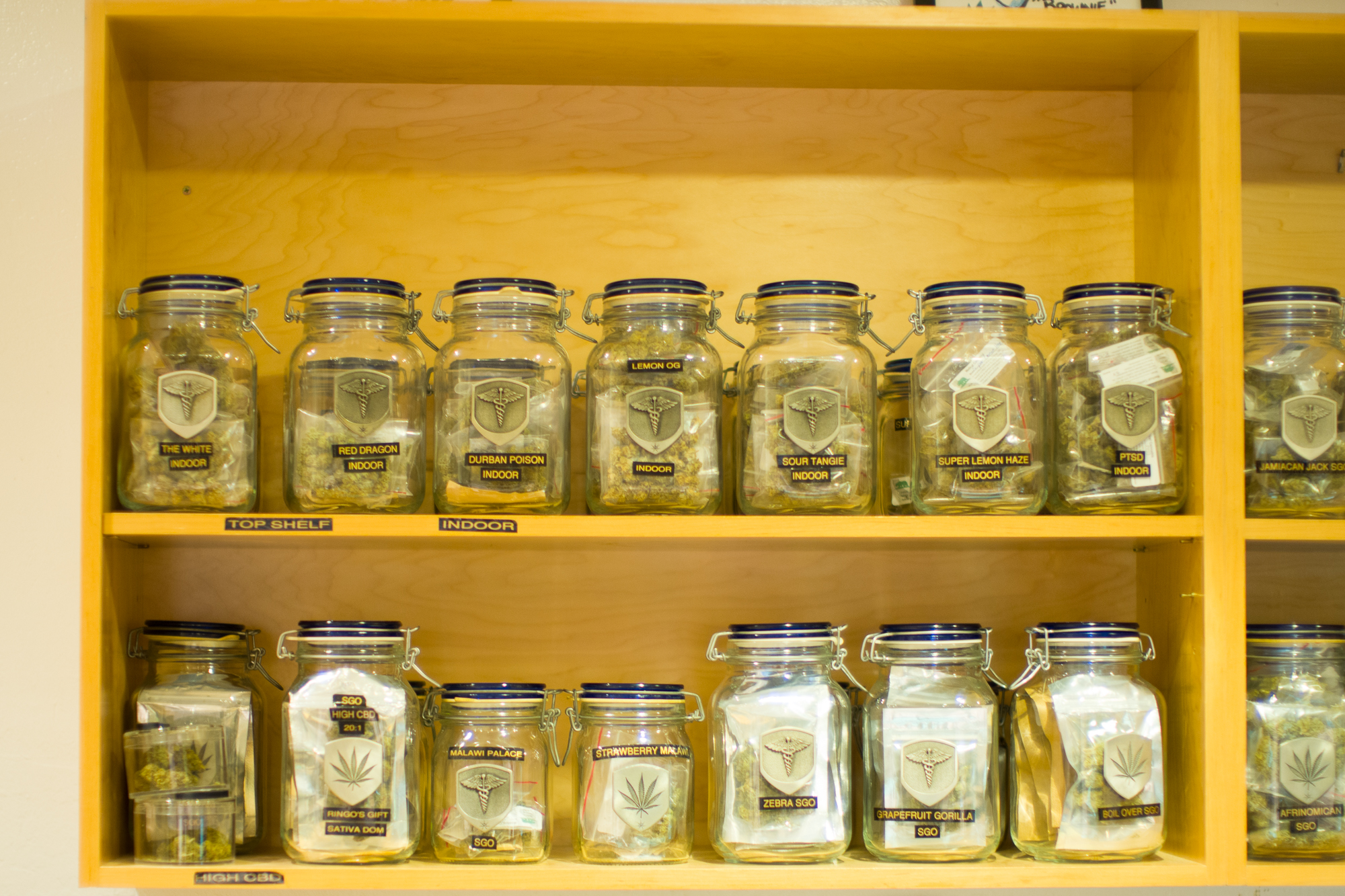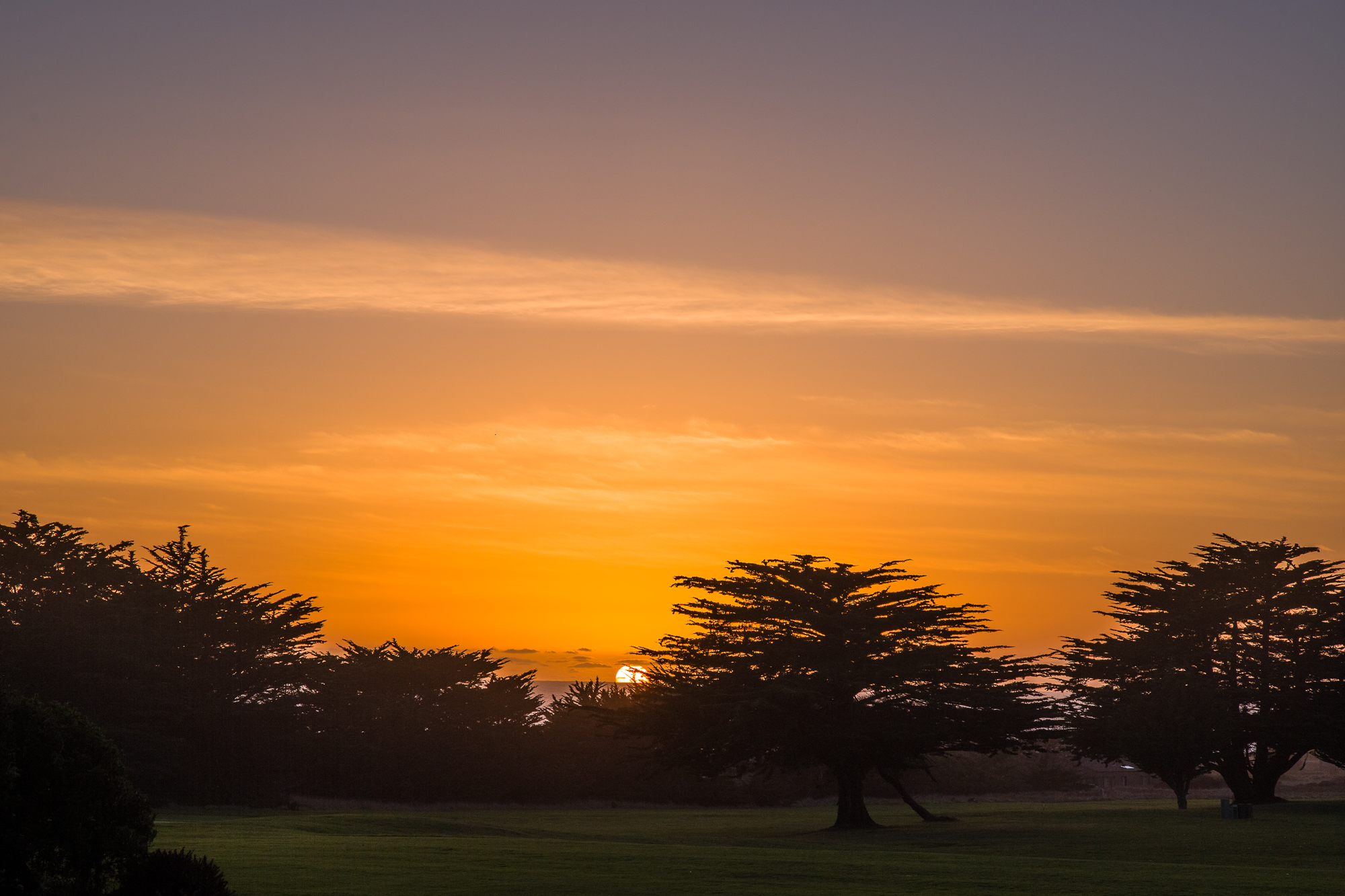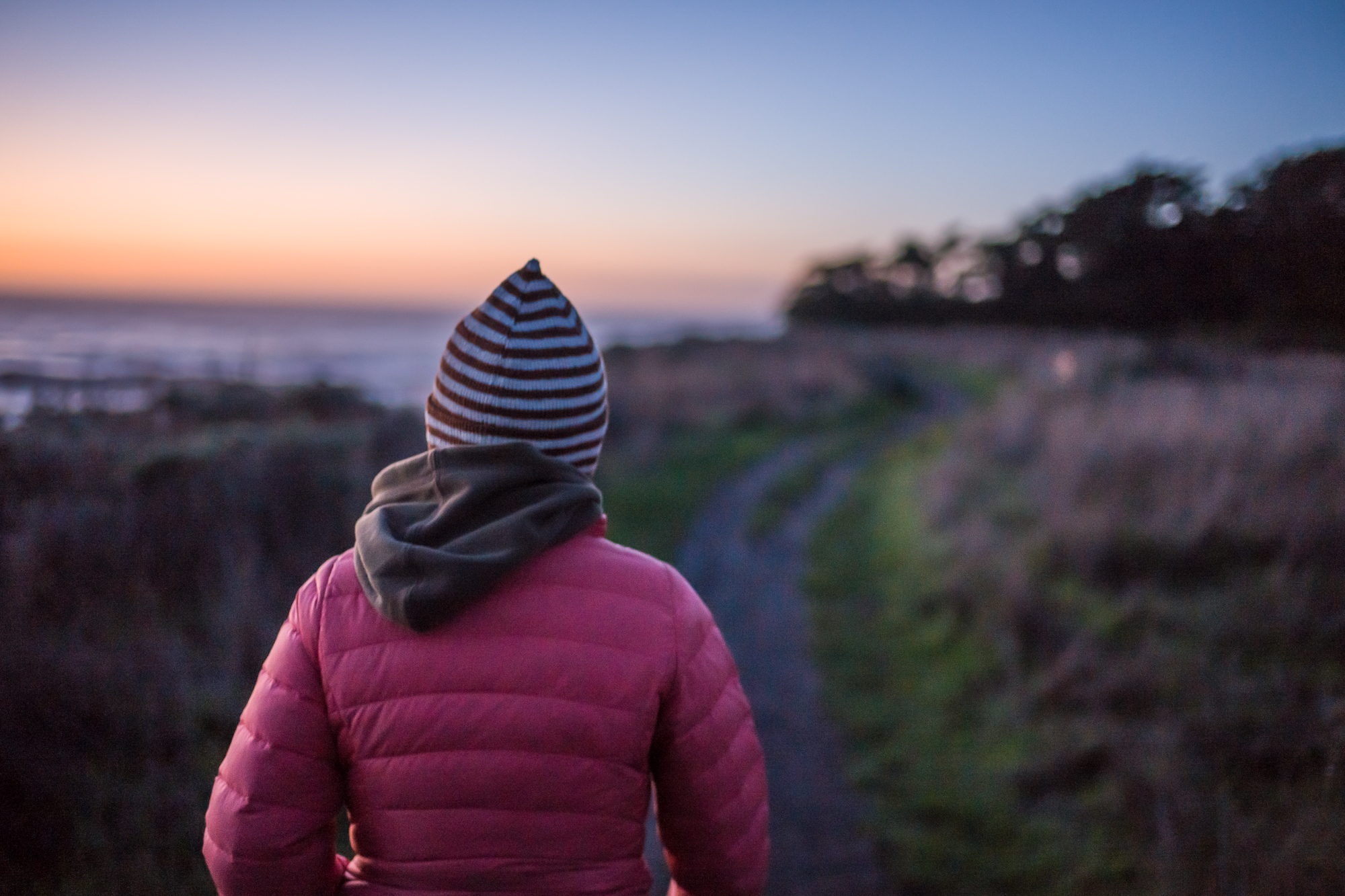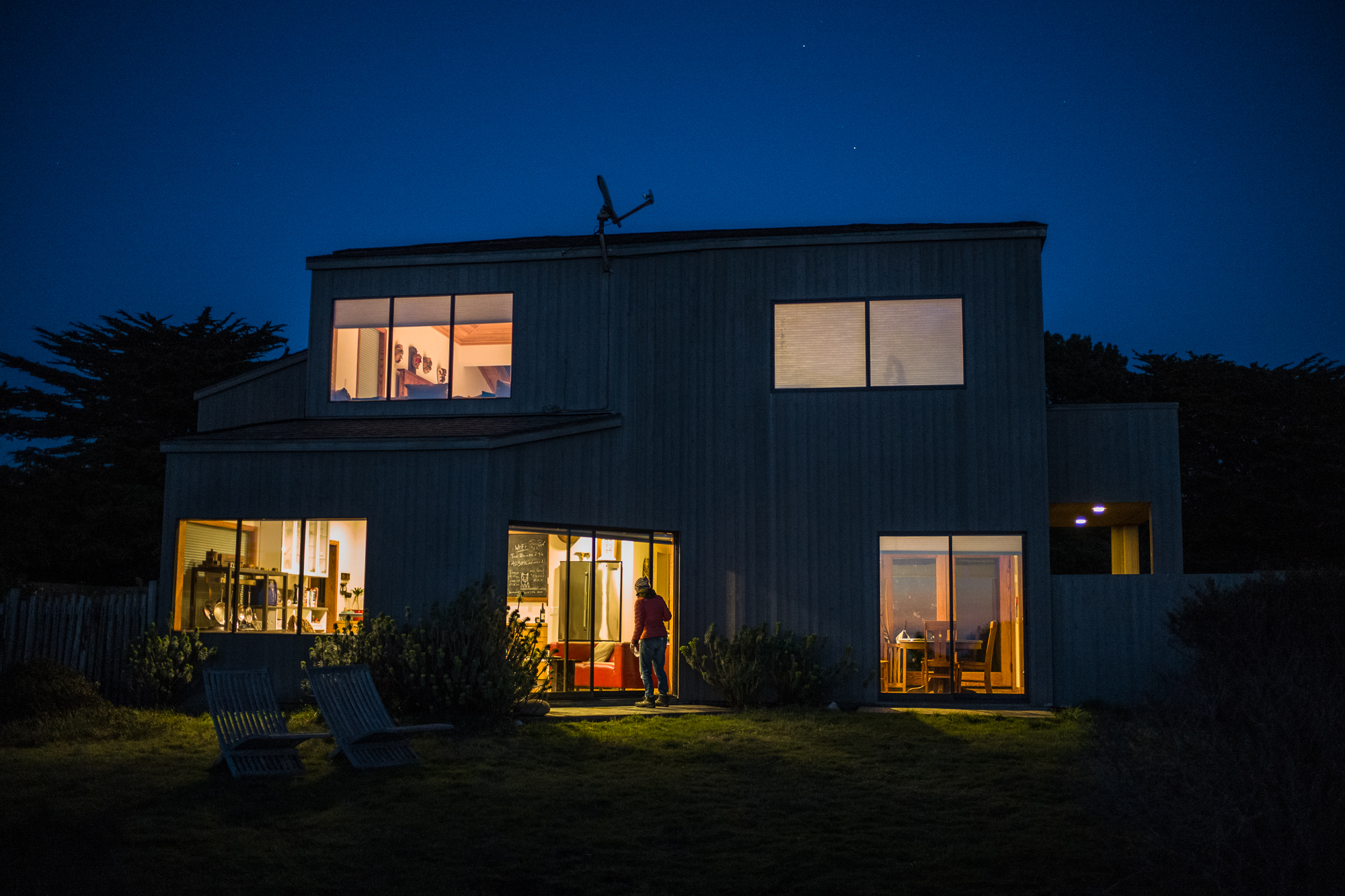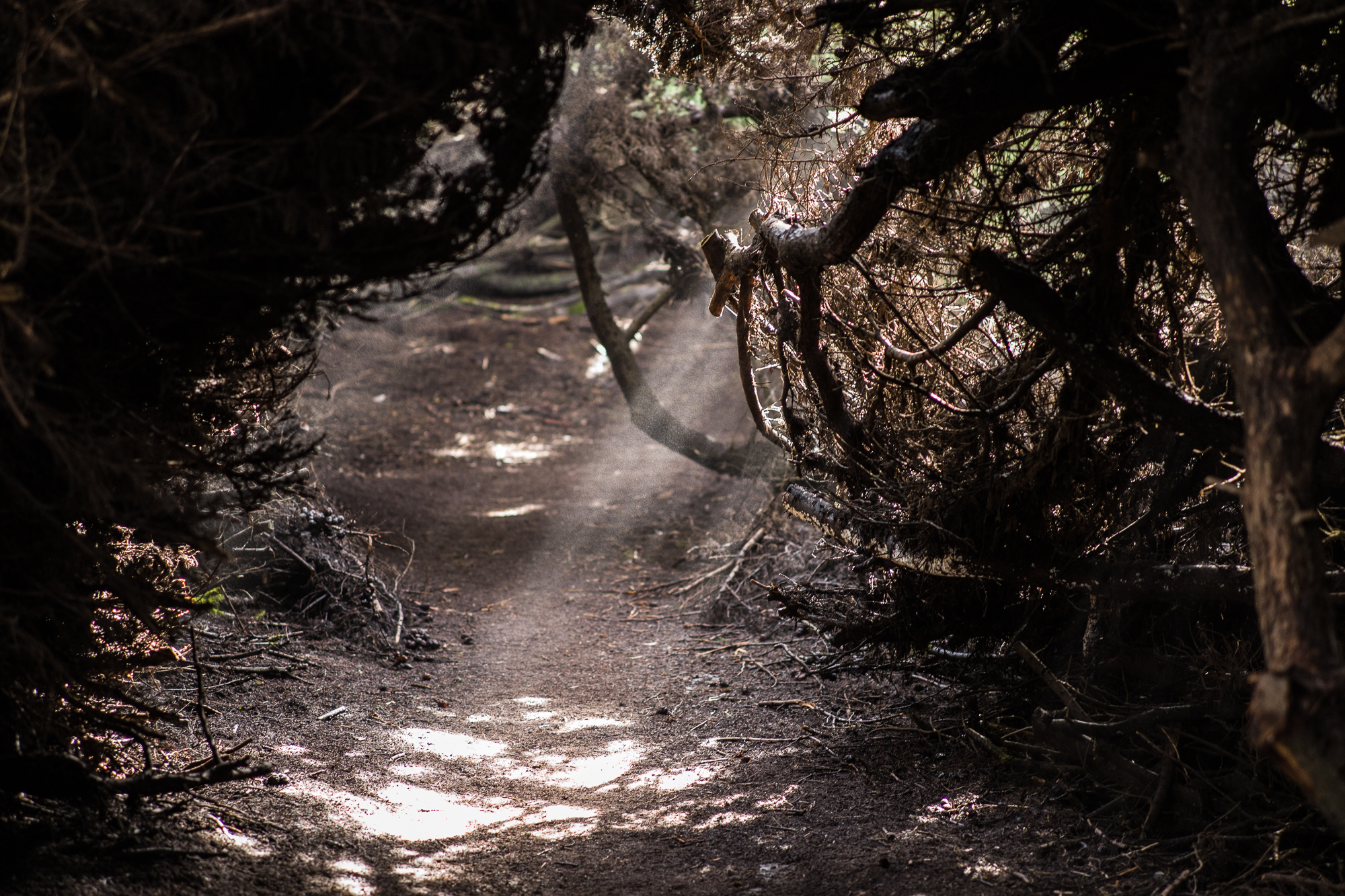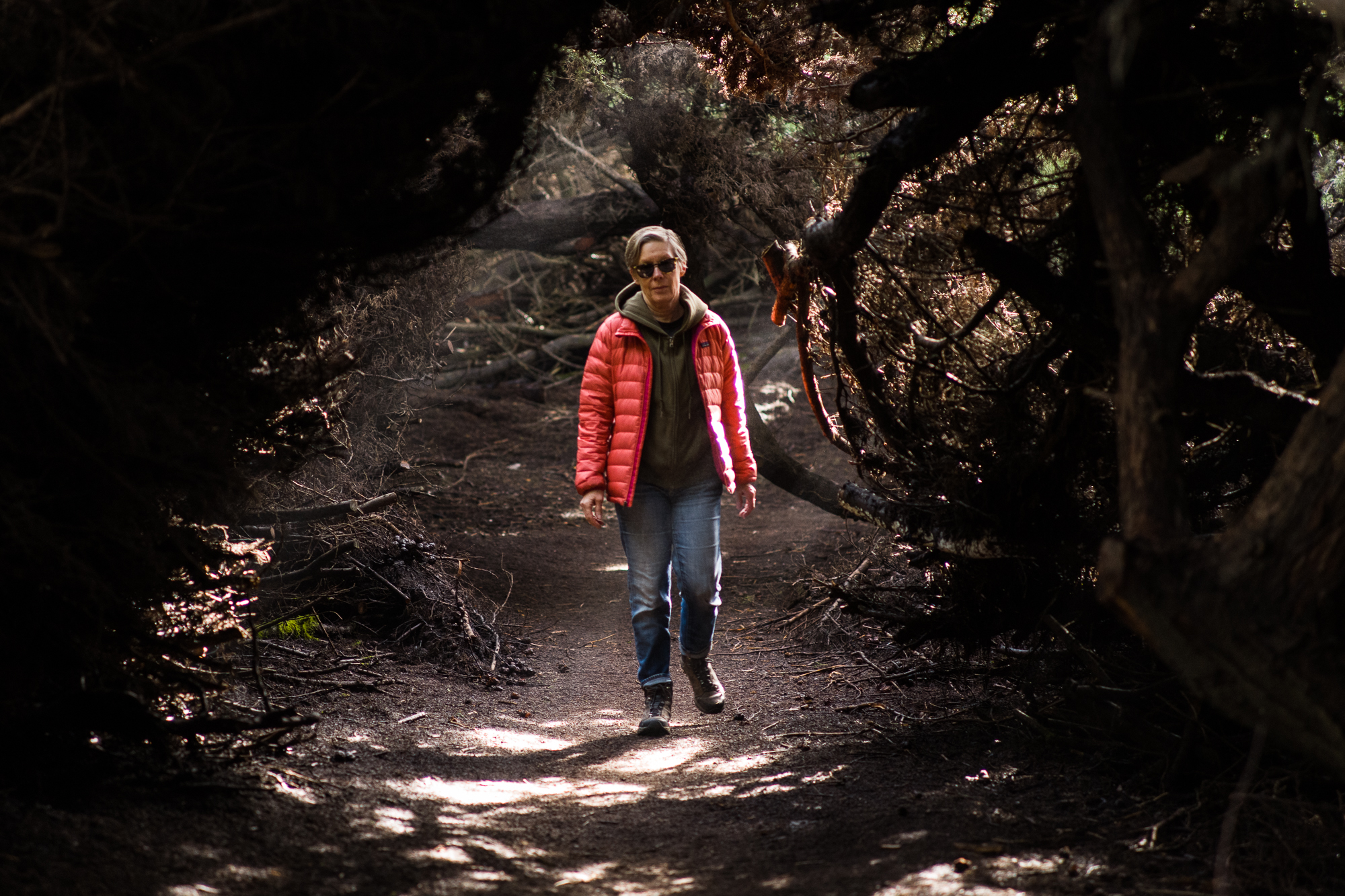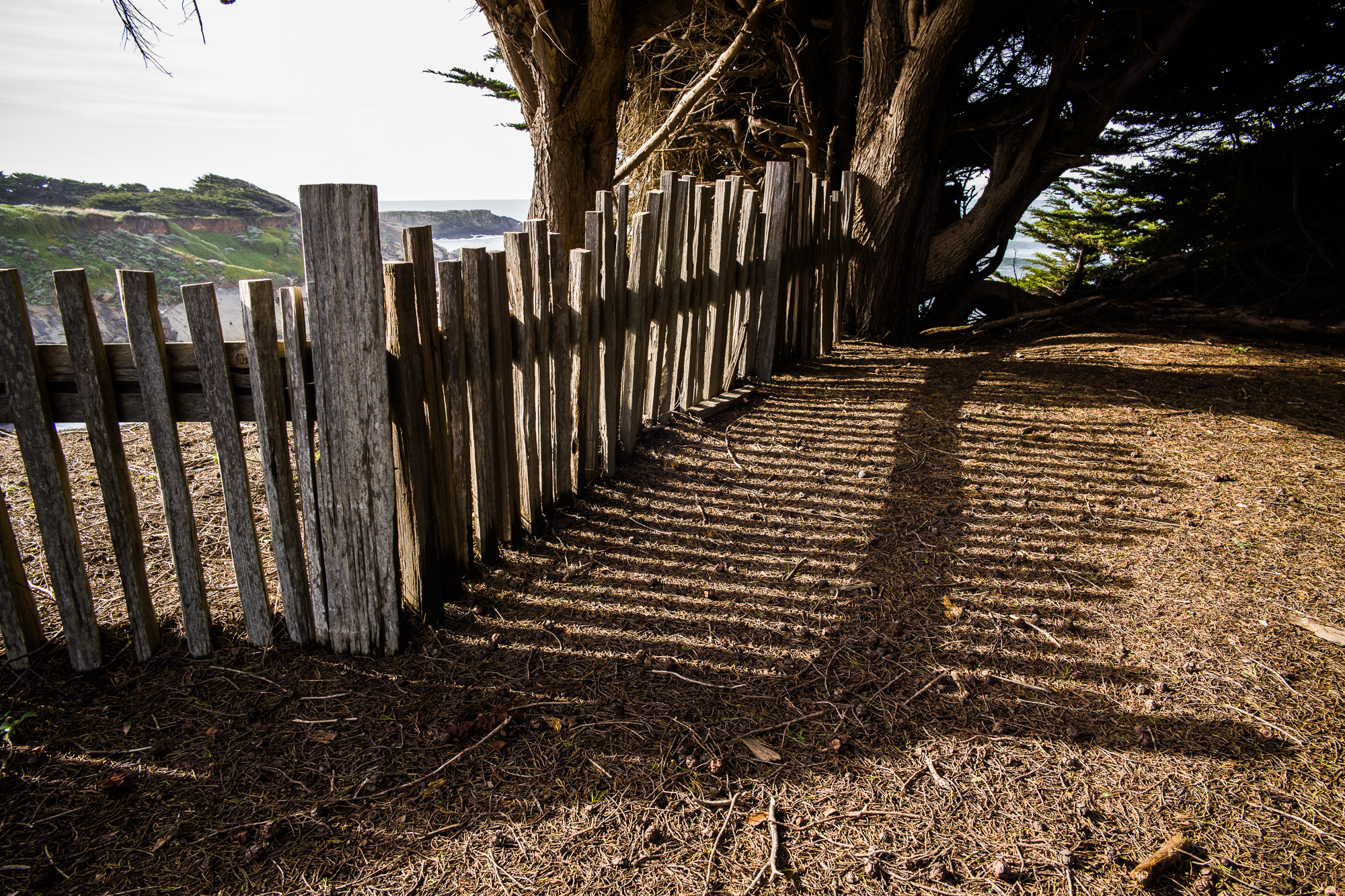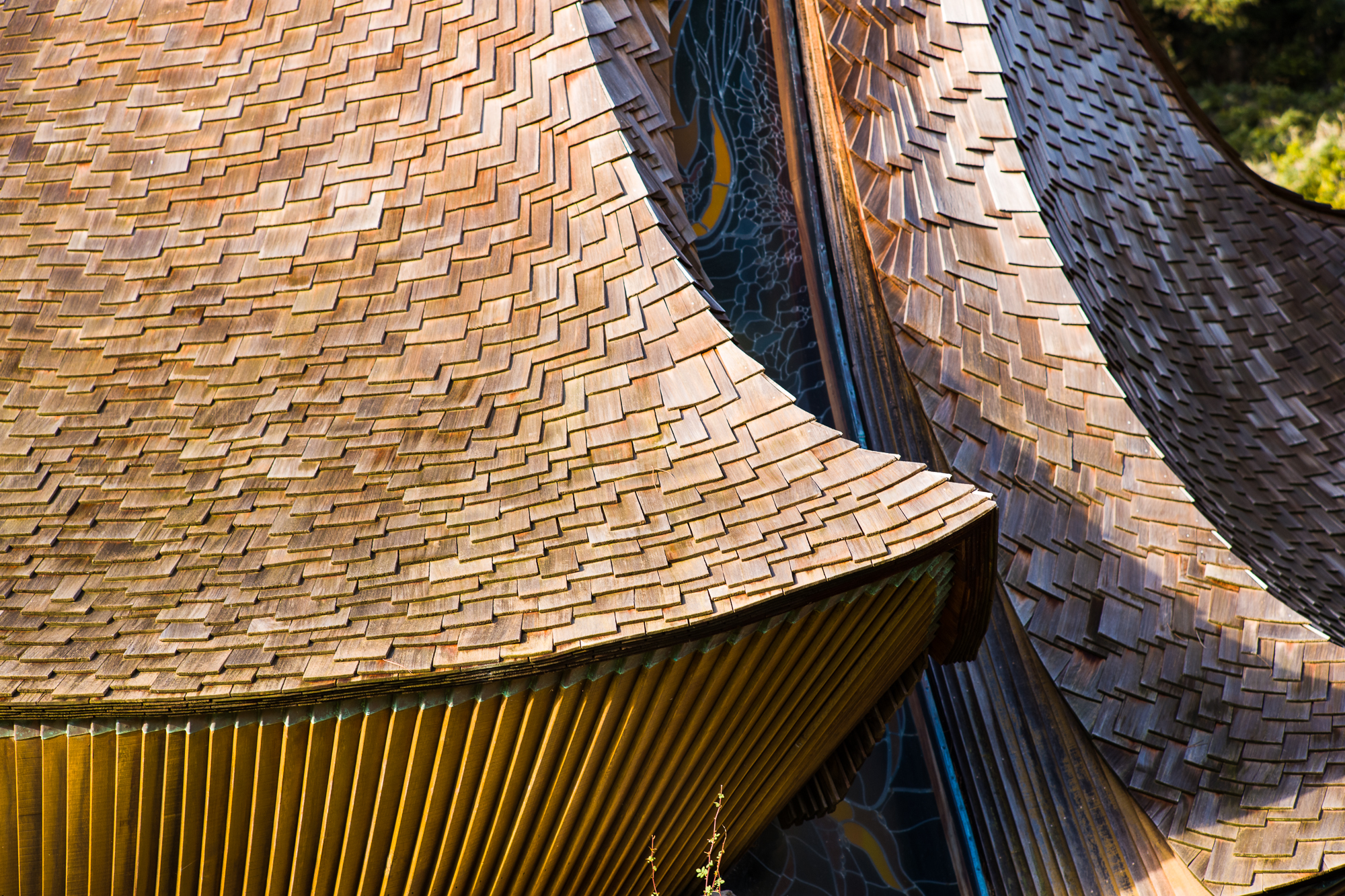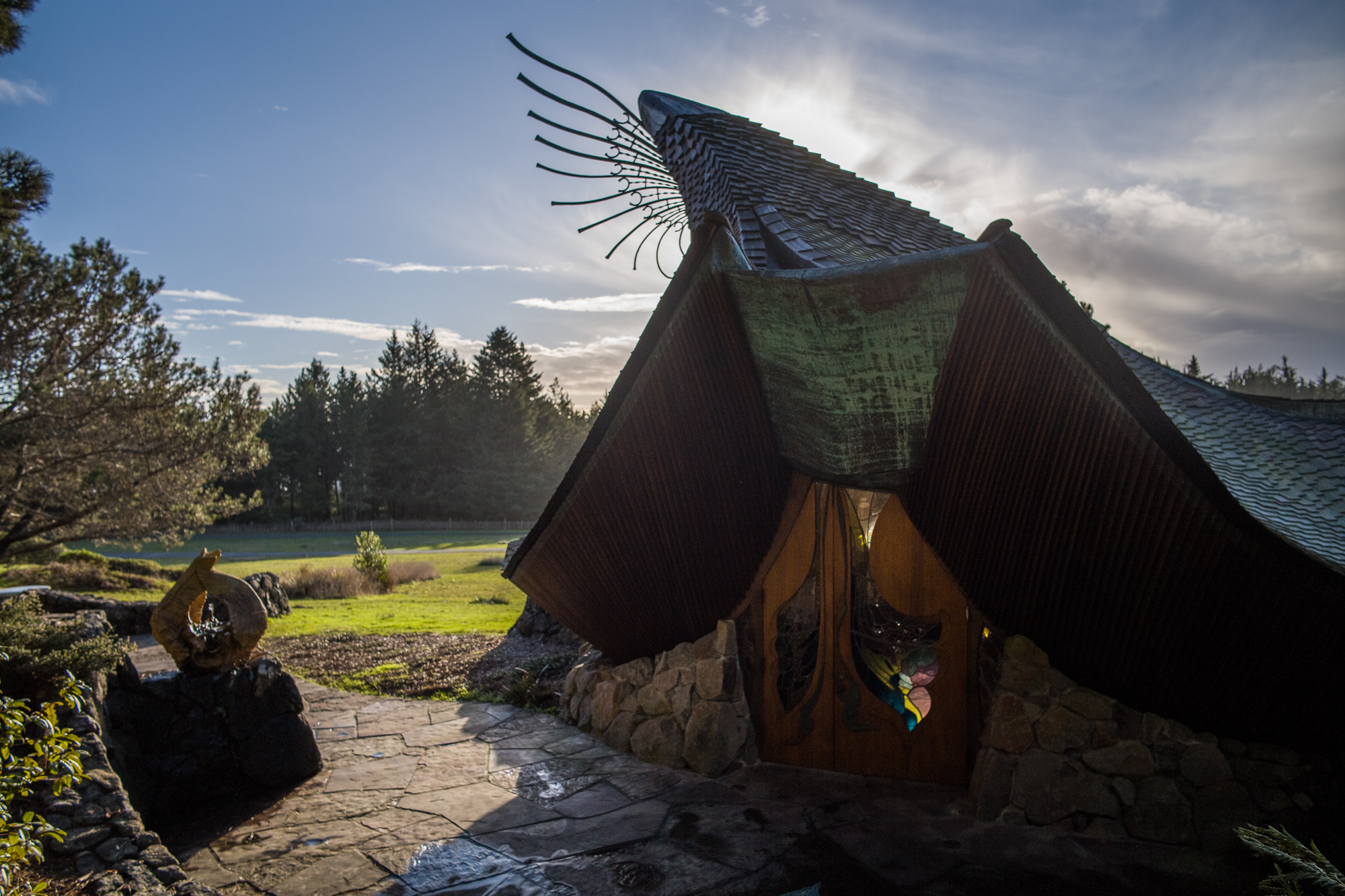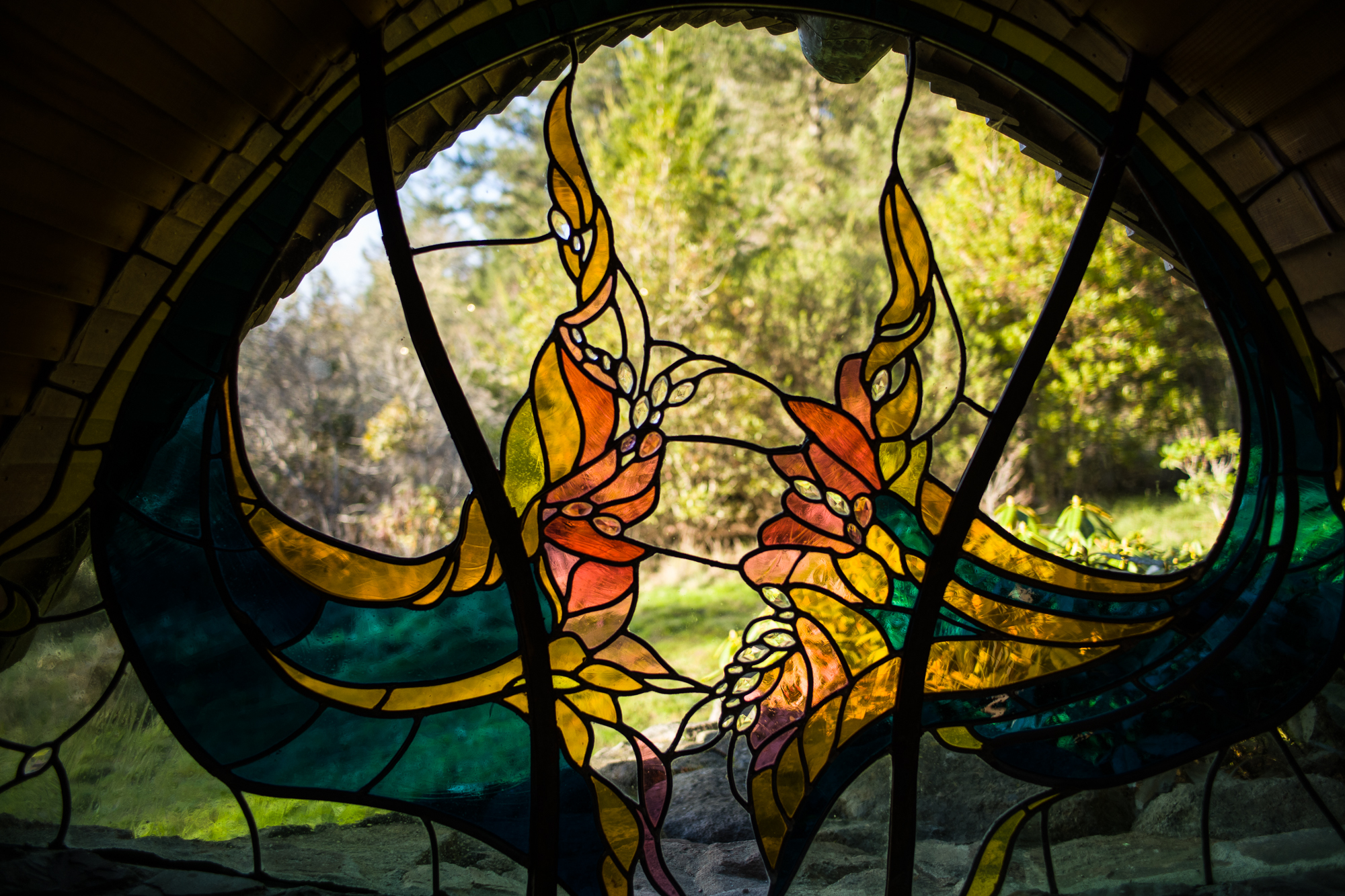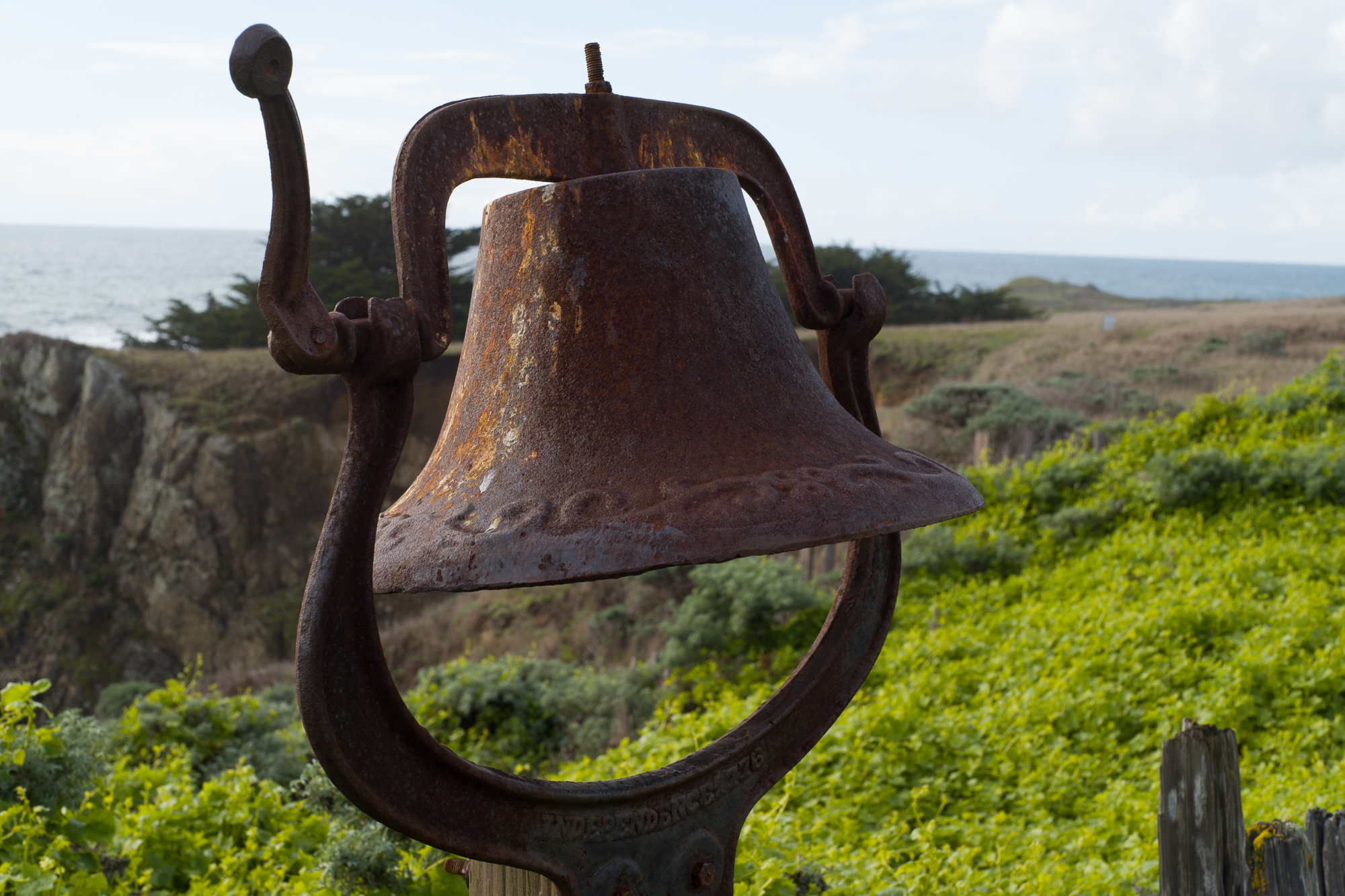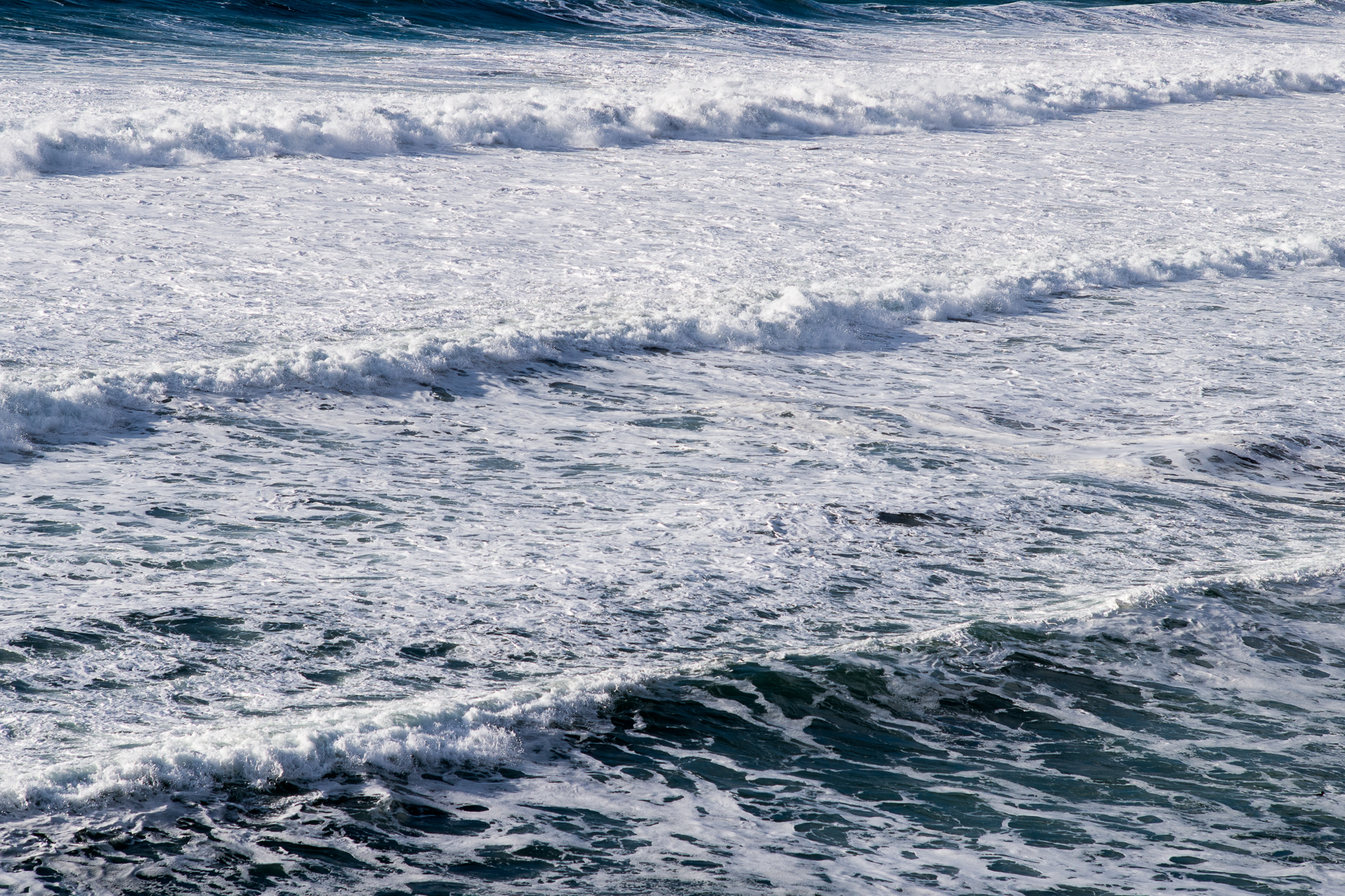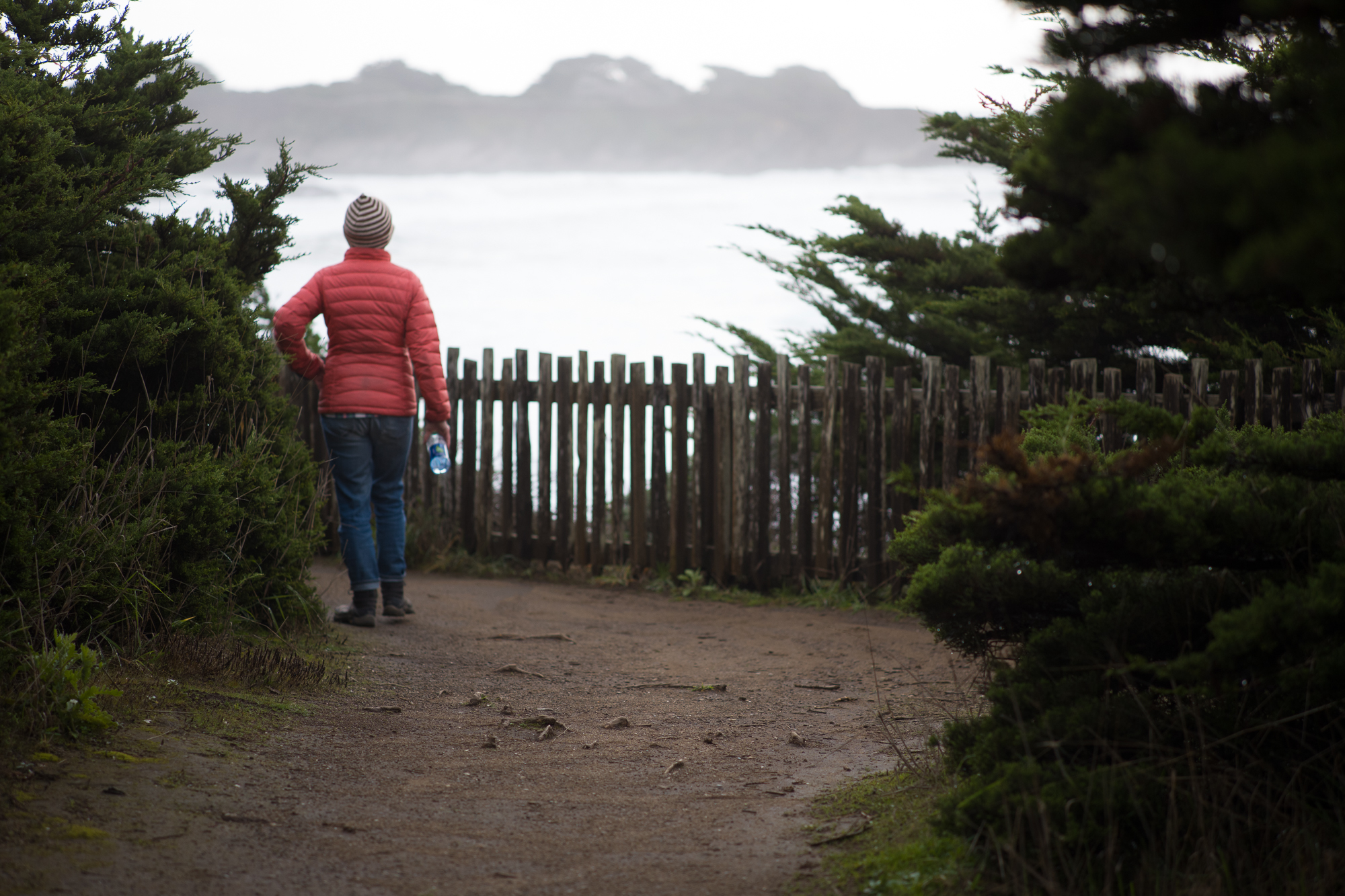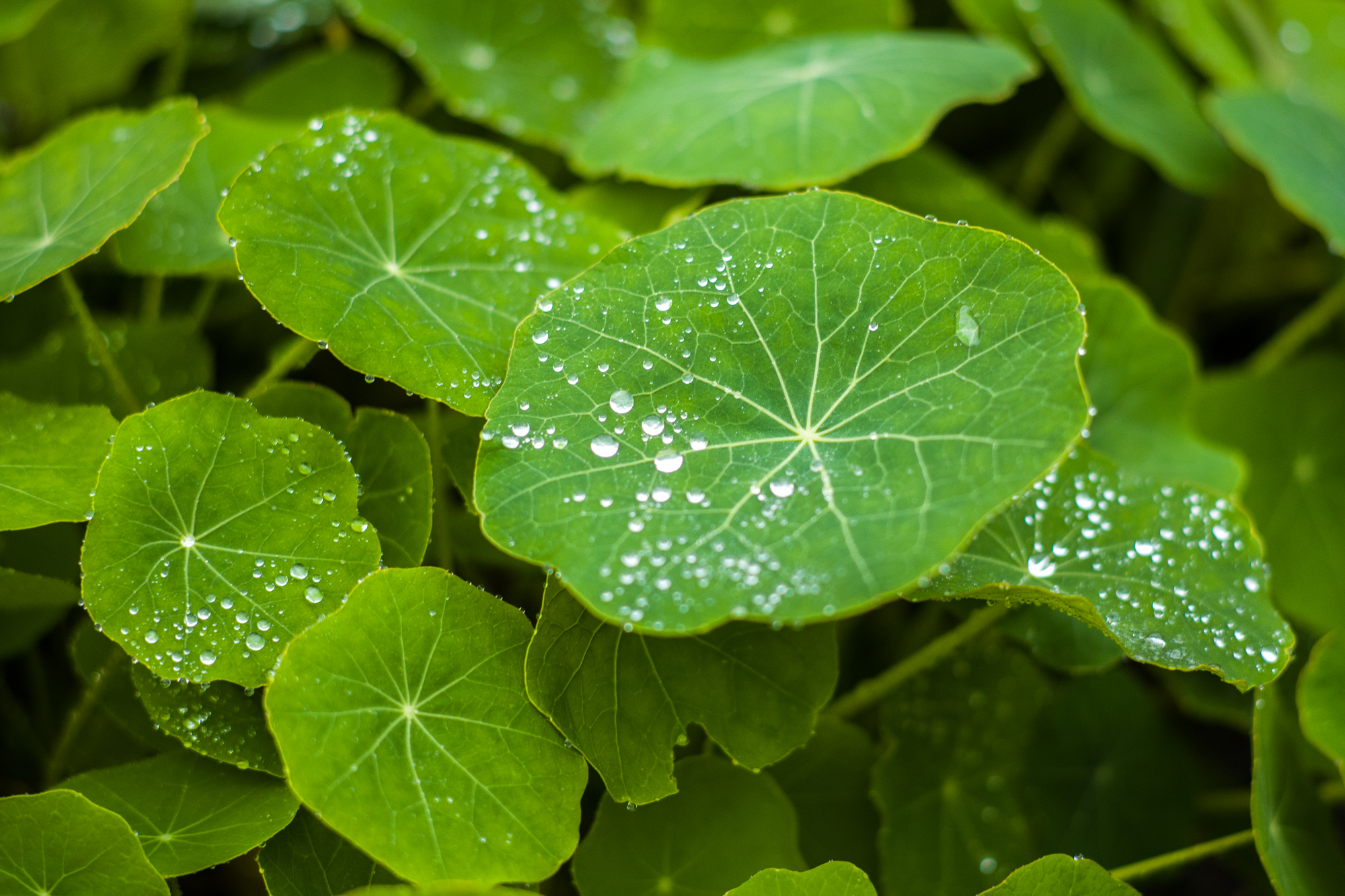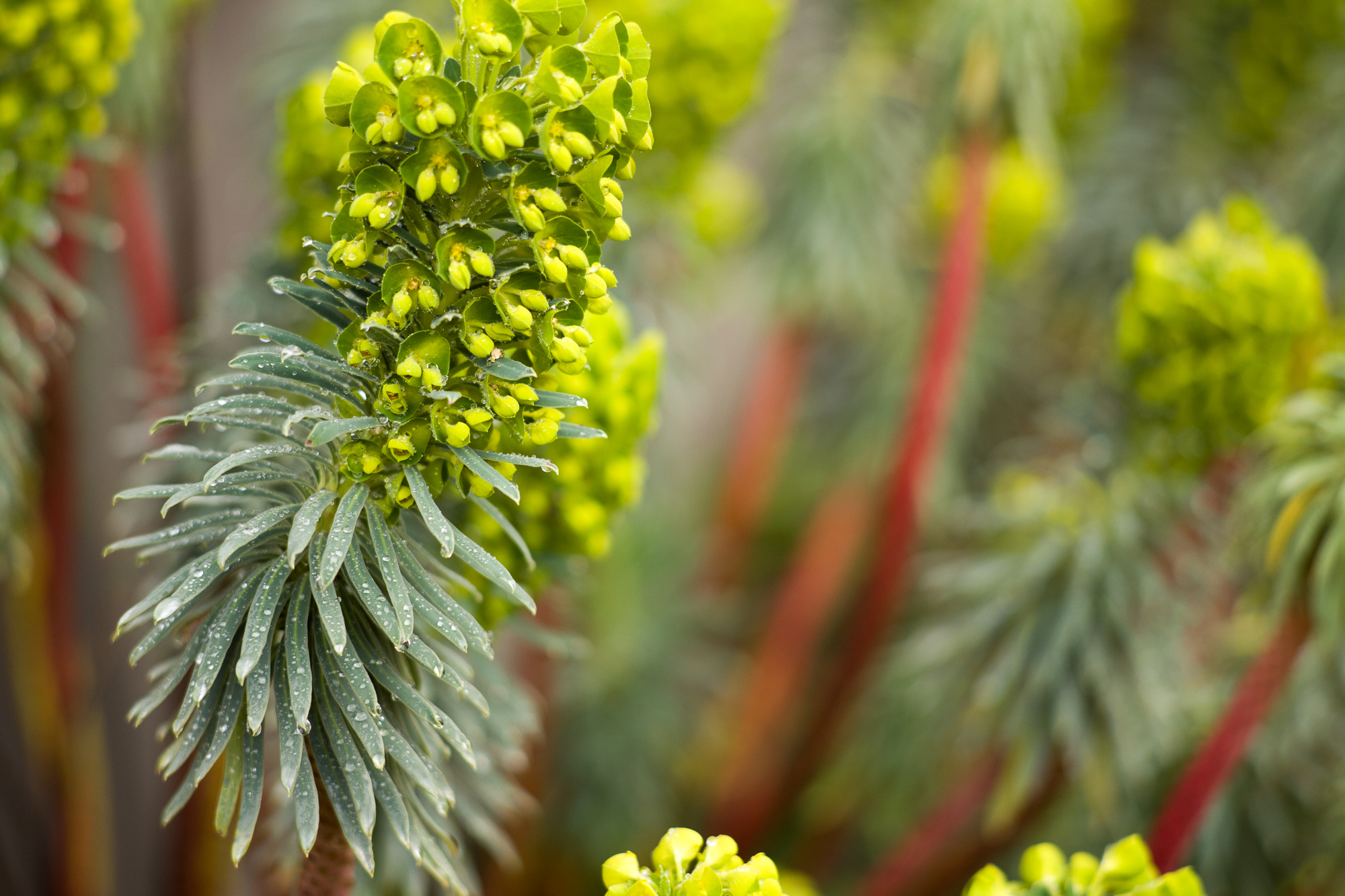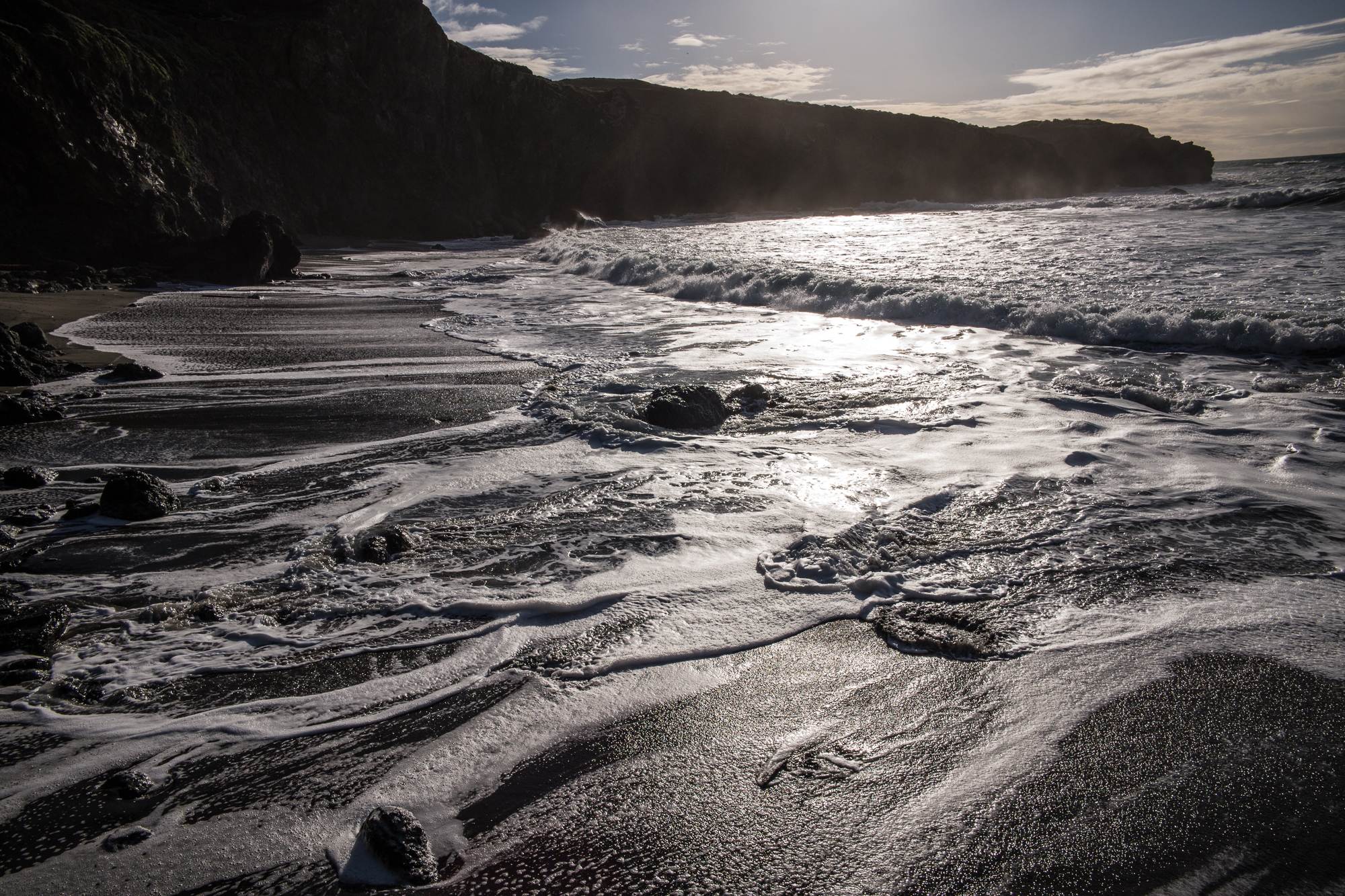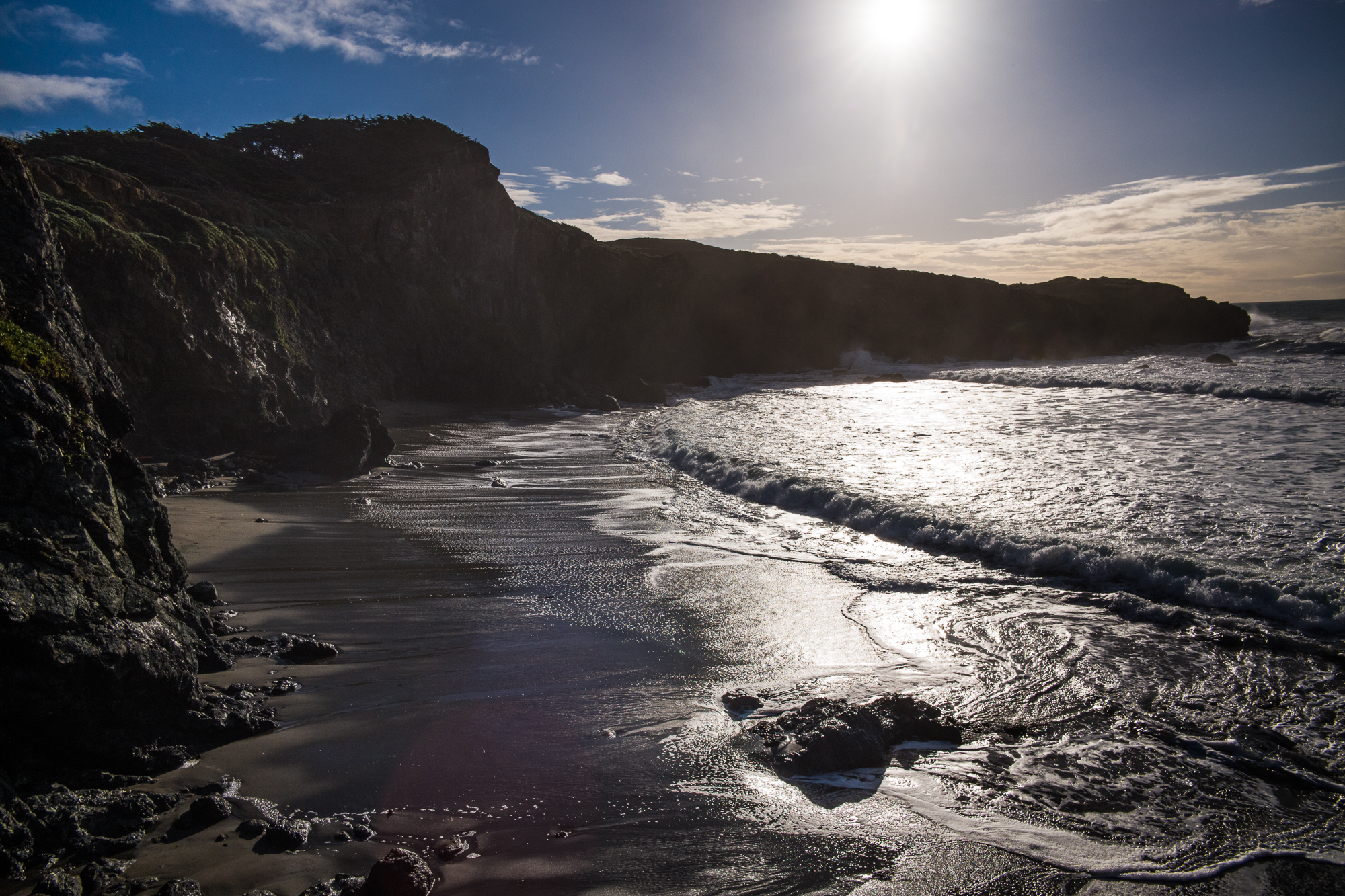Gualala - Edge of the World
“California is always in my mind.”
Editors Note: We wrote this a few years ago. Since “social distancing” is where we find ourselves now, sharing our experience with Gualala seems right. When the time comes to venture outside and embrace new experiences, Gualala, California will be happy to host you. Gualala is remote, quiet and far from everything.
Crank up the tunes as you cruise over the Golden Gate Bridge and continue north for a couple hours. Slowly and without fanfare, you enter an altered reality dominated by rolling hills, split rail fences and few people. Cows and sheep graze in immense rich emerald green pastures while gazing at the rugged cliffs overlooking the Pacific Ocean. Long abandoned ramshackle barns, deserted farm houses and sun bleached beach bungalows crop up along the coastline. The villages here have names like Mendocino, Fish Rock, Bodega Bay, Elk, Point Arena, Sea Ranch and Gualala. GualaWhat? The locals don't much care how you pronounce the name.
Socially Distant on the Gulala coast
Gualala
According to sonoma county.com, "Gualala is a peaceful village of around 2,000 and is perched on craggy bluffs at the northern-most edge of the Sonoma County coast. Nicknamed the coast's "Banana Belt" due to the uniquely mild micro-climate. Ocean winds keep the fog offshore, so on days when other coastal areas are foggy, Gualala is often sunny. The coastline is rugged but miles of walking paths are relatively flat. The few beaches are small and often disappear with high tide. The trees provide shelter along the bluffs and are windswept and twisted. No wonder Hitchcock filmed his horror masterpiece "The Birds" here.
Gualala has 2 grocery stores and 2 gas stations. Time appears to have stopped in the late 20th century. On Main Street (the only street) there is a video store where you can rent VHS, CDs and DVDs. Gualala Video has an inventory of over 27,000 titles. Stop by and chat with David, the owner, who is happy to buy your inventory if he doesn't already have it in stock. (Chances are, he does.) Gualala Video has no website so you have to walk in the front door IRL.
Gualala/Mendocino phone book
If you need to contact a local, buy a local phone book at the grocery for $7.00. There is a single bank with an ATM and a few art galleries as well as craft and coffee shops. As you might expect, there is a thriving artist community in Gualala.
Marijuana Tourism
After a day of coastline hiking we decided to investigate the Emerald Triangle. Emily Brady wrote in Humboldt: Life on America's Marijuana Frontier, "In the 1970s, hippie pioneers mastered a new way of growing pot — and transformed the economy of Humboldt County." Business accelerated in 1996 with Proposition 215 when California legalized marijuana for medical purposes. It is difficult to get exact numbers but it is estimated that two thirds of the economy in the Emerald Triangle is marijuana sales. In early 2018 California joined Washington and Colorado in allowing marijuana use for recreational purposes. The California Cannibas Industry Association promotes the industry.
Medical Marijuana
Our first stop was The Green Room in Point Arena. Walking into the dispensary felt strange, like we were doing something wrong or trying to buy beer with a fake ID as a teen. The history of marijuana laws in the US is long and complex and continues to evolve. US law required mandatory sentencing of 2-10 years and a fine of up to $20,000 for a first time possession offense. This law changed with the Controlled Substances Act of 1970. While the 1970 law eliminated the mandatory sentencing it also made marijuana a Schedule 1 drug with no legal use, including medical.
A young man in a green tie and a white lab coat greeted us and explained choosing marijuana is more complicated with a myriad of dosages, active agents, different delivery methods of including edibles, topical oils, vaping, tinctures and smoking. He explained Tetrahydrocannabinol (THC) is psychoactive or main mind-altering ingredient and Cannabidiol (CBD) produces sedative effects. He claimed that both ingredients have medical benefits depending on the concentrations and combinations. The edibles displayed were packaged similar to candy bars and gummy bears. There were desk top vaporizers or personal vaporizers. There were cigarettes, bongs and pipes. To get an idea of how rapidly this industry is creating products to uniquely serve special markets check out Leafy.
The man in the lab coat explained the health benefits and gave us a brochure. Inside that brochure were claims of medical benefits that ranged from the mildly plausible to the absurdly outrageous. Two things were missing in the brochure - warnings and dosages. It turns out that the agency to verify drug claims is the FDA and according to the FDA there is no legal or legitimate use of a schedule 1 drug. The FDA is also responsible for dosages and side effect warnings. No wonder there are outrageous claims with no mention of dosage and side effects. The legal confusion of being legal at the state level and illegal at the federal level leads directly to confusion on legitimate medical treatments. There are some generally accepted treatments for some medical conditions. The NIH has a page dedicated to medical marijuana including links to studies showing benefit to appetite, nausea, pain and seizures. They also point out due to the legal status of the drug, it is difficult to do scientific studies.
Is It Safe?
A large study from the National Academy of Science indicates significant loss of IQ with long term marijuana use in teens. There are also studies that show a relationship between psychosis and marijuana use. This article published last year in Scientific American found that research presented at a Berlin psychiatric conference shows teenage cannabis use hastens onset of schizophrenia in vulnerable individuals. The NIH has this to say, "Since it decreases IQ, regular marijuana use stands to jeopardize a young person’s chances of success in school." So the wise approach is to approach with caution.
Recreational Marijuana
We wanted a closer look but we were not allowed to pass the medical dispensary entrance without a prescription. The man in the lab coat explained his medical dispensary only authorized sales for medical purposes. However, we could easily get a prescription online with HelloMD in 20 minutes. Without a doctor's note, purchasing marijuana for recreational use required going somewhere else. We headed up the road to the Love in it Cooperative in Mendocino. (Their website isn’t updated to include their "recreational license.") Walk in the door, someone verifies your ID that you are of legal age (21) and you gain entry. If you are lucky Mary Jane, a remnant of the 60's sporting a tie dyed t-shirt, John Lennon wire rim glasses and long hair, will patiently answer all your questions and if you are inclined, suggest some products for purchase.
Jars on the shelves were full of various types of marijuana buds with names like - Red Dragon, PTSD, Malawi Palace, Lemon OG, Durban Poison. Mary Jane explained these were dried flowers for smoking in either a pipe or a cigarette. Glass pipes and edibles were displayed inside glass cases along with candy bars, carmels, gummy candy with infused marijuana oil. There were topical lotions and massage balm for muscle pain. MJ also explained the difference between Sativa and Indica. Sativa provides energy while Indica puts you "In da Couch." Edibles had dosages of THC and CBD in measured and reported in mg. We asked about the mg dosages in smoking and she had no idea. During our 30 minute visit, repeat customers came and went and no seemed to be in a hurry.
Mary Jane explained her business has seen steady growth since receiving their recreational license. Marijuana products are heavily taxed in California. A new law was just passed in Mendocino and adds an additional 7% tax in the Point Arena and Mendocino area bringing the total tax to about 50%. The prominently displayed recreational license #58 indicates theirs is one of the first in the state.
420 Tours
A quick search turns up businesses and articles detailing organized marijuana tours in California and other states where legal. Sea of Greens hosts California Marijuana Tours "where you can explore cannabis with all your senses. Our expertly guided cannabis tours combine authentic fun, comfort, and world class cuisine." This social experiment is still in its early stages. Aspen recently reported higher marijuana sales for 2017 than alcohol sales.
In a coffee shop a local, elderly man with a gray beard and a beret approached our table and gave us a booklet he authored and asked that we read the first few pages. His story describes joining the Rainbow Family "a counter-culture, hippie group, in existence since approximately 1970". Rainbow Gatherings continue to occur on the northern California coast as well as Oregon, Colorado and Europe. Somehow the Love In It Cooperative fits perfectly here.
The Native American in the Lighthouse
The original Fresnel Lens of the Point Arena Lighthouse. Note the dual lens structure provides two lights in rapid succession. It reminds us of the Trip Advisor Owl!
Originally built in the 1870's and rebuilt after the 1906 San Francisco earthquake, this lighthouse is one of the oldest on the Pacific coast. If you visit the Point Arena Lighthouse on a very stormy day, you will likely be the only visitor. 145 steps up the spiral staircase sits guide Issac in front of a small heater.
The 145 stairs in the spiral staircase of the Point Arena Lighthouse
Issac is a local and a member of the Pomo tribe that has lived on these lands for centuries. Issac explained how the light illuminates for 20 miles out to sea and continues to protect ships from the rocks in a storm. He detailed the lighthouse the rebuilding efforts after the great quake and shared photos of shoreline erosion since the lighthouse was built. The experience was exhilarating as the wind and rain pounded the lighthouse glass.
What was it like to grow up as a Native American in this area? I asked him and Isaac told his story.
Issac of the Pomo tribe tells us about his ancestral land and how he believes that having the indigenous people provide more stewardship of these lads would be beneficial.
He explained that as a child, he remembers having an intimate relationship with the earth. Friends and family would go to the river and catch fish every day. There was sadness in his eyes as he explained that a PG&E transformer leak killed all the fish in the river and how the river still hasn't recovered. He reminisced about his people being stewards for countless generations and wished they could continue to care for the land and waters. He explained how some environmental groups had interests at odds with this philosophy. Greenpeace made it harder for the Native Americans to have access to thier ancestral lands. Logging and ranching makes it more difficult for fish to thrive in local waters. Isaac welcomed the opportunity for others to hear his message.
Research on the Pomo tribe spotlights the Bloody Island Massacre in Clear Lake California in May, 1850. Not that long ago really. The first European settler was Andrew Kelsey. Kelsey captured some of the Pomo and forced them to work on his ranch. Eventually the enslaved Pomo revolted against Kelsey which initiated the massacre. Ironically, or perhaps tragically, a California town (Kelseyville) is named after Andrew Kelsey.
Sea Ranch
Inside the Chapel of Sea Ranch
Founded 60 years ago, Sea Ranch owes its almost eerie calm to Lawrence Halprin, a Bay Area landscape architect best known for the integration of ecology and aesthetics. Halprin was inspired by the Pomo Indians who believed in “living lightly on the land.” The 10 mile project is considered iconic postwar American architecture. Bob Borson writes, "This group – made up of developer, landscape architect, and building architects, all set out to do something in 1965 that was extremely unusual for the time. Rather than place as many units as they could, they set out to develop and restore the land and create of community full of like-minded thinking individuals who would act as stewards of the land rather than owners dominating the land."
The Sea Ranch trail is about 10 miles long and winds through windblown trees and open meadows overlooking coastal waters. The architectural theme of Sea Ranch is evident as all the houses feature sun bleached redwood siding and no overhangs.
The sound of the waves crashing into the shore below mixes with the wind to create a California coast symphony. Each night the sun sets into the Pacific and the dark night sky provides a light show of the Milky Way.
The Chapel of Sea Ranch has the quintessential northern California vibe. From outside the chapel looks like an ocean wave breaking in the forest. Or perhaps it is a Conquistador's helmet or a sea shell. Inside the stained glass windows illuminate the natural woods and shells with pleasing colors. It is worth a visit.
Final Thoughts
A visit to the northern California Coast slows the pace of life because there is no city hustle and bustle.
No one is in a hurry. Cafe cooks make huge pots of homemade strawberry jam. There is plenty of time for walks along the sea, watching birds float in ocean currents and observing the Milky Way. A visit with the 60 year old hippie in a marijuana dispensary had the same effect. The modern world is elsewhere so you shift to a lower gear. See more images of the California Coast here.







